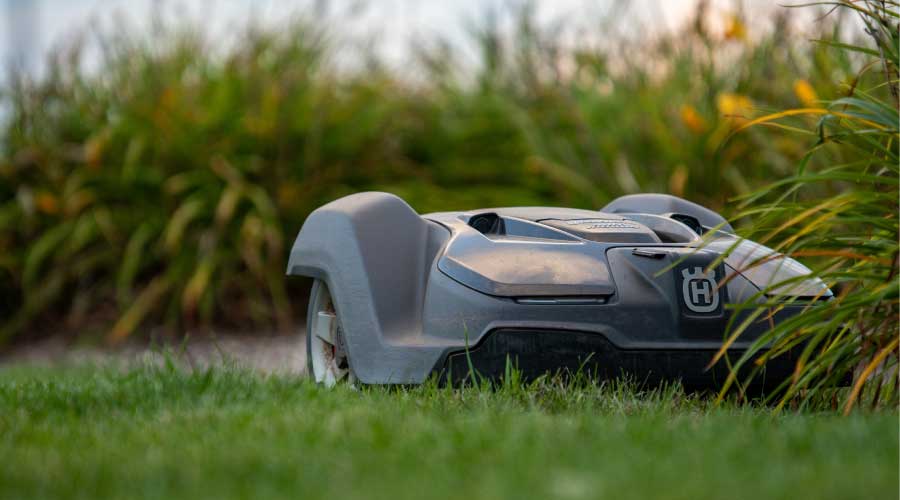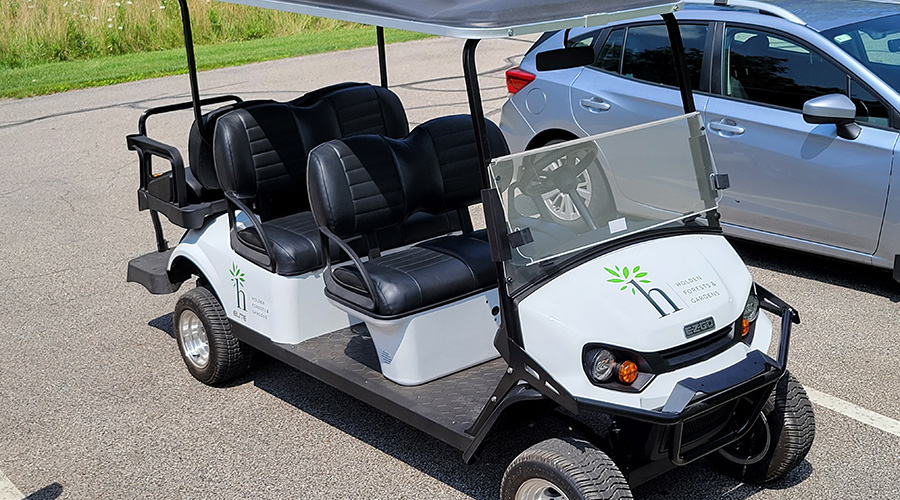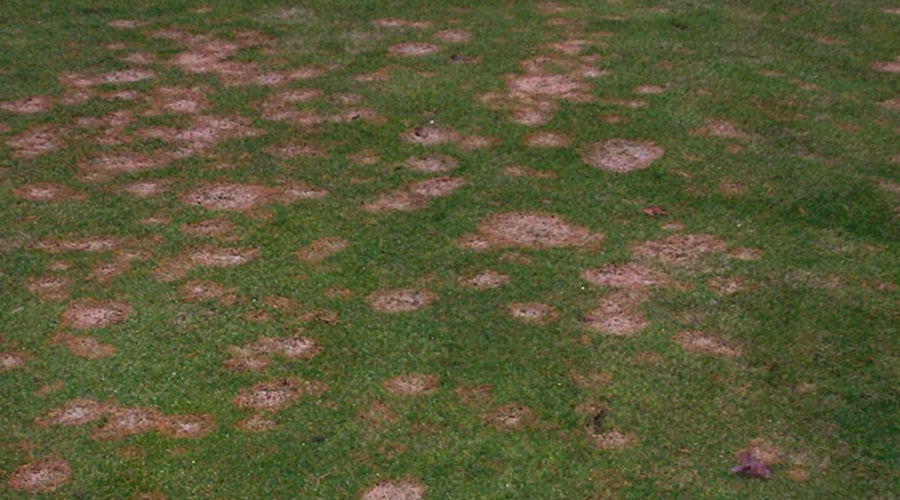Landscape Design: Establish a Definition, Goals for Sustainability
As institutional and commercial facilities show increasing interest in environmentally responsible materials and operations, attention is turning to the role of landscape designs in improving sustainability. More than ever, grounds managers are looking for ways to minimize the adverse affects of their landscapes on the environment. Among their biggest challenges is working with landscape designers to help create sustainable new sites or limit the environmental impact of existing sites, while still ensuring crews can maintain the finished product efficiently, cost-effectively, and safely.
Defining Sustainability
To some people, sustainability means environmentally responsible, while to others, it means specifically requiring little or no maintenance, incorporating native plants, using less water or eliminating pesticides. And to still others, it means to be cost effective.
The first step in the landscape-design process is to establish a common definition and set goals for sustainability. A comprehensive, sustainable landscape design typically addresses a series of goals: protecting the site and surrounding land and ecosystems — soil, water, and wildlife; reducing water use; limiting pesticide use; using plants and materials from local sources; minimizing mowing requirements; ensuring the health and well-being of people using the site; and determining the life-cycle cost of the project.
Each project and circumstance is unique and might include some or all of these criteria. The team involved in making decisions on the design also might deem other goals important in ensuring the sustainable nature of the project.
These parties — facility executives, administrators, directors, grounds managers, building managers, and marketing and public relations executives — should determine the goals for the project and set the priorities.
Related Topics:













